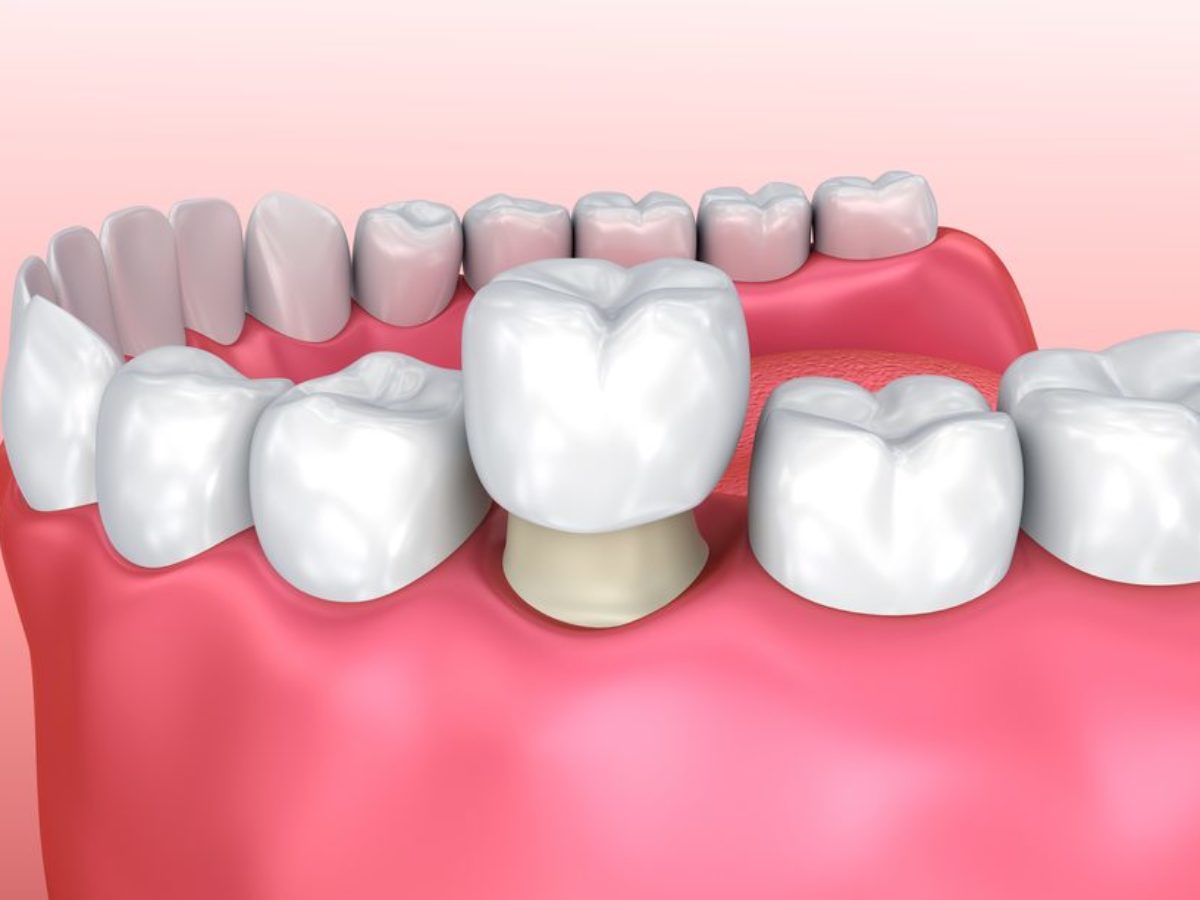
Enhancing Smiles: Rediscovering Confidence Through Dental Crown Procedures
Dental crowns, also known as caps, play a crucial role in restoring damaged or weakened teeth, enhancing both functionality and aesthetics. Explore the transformative journey of dental crown procedures and how they contribute to renewed confidence and a radiant smile.
Understanding the Purpose of Dental Crowns
Dental crowns serve multiple purposes, addressing various dental issues. They are custom-made covers that encase the entire visible portion of a tooth above the gumline. Dental crowns provide structural support to weakened teeth, restore functionality, and improve the overall appearance of a smile.
Evaluation and Treatment Planning
The dental crown process begins with a comprehensive evaluation by the dentist. X-rays and impressions may be taken to assess the tooth’s condition and surrounding structures. The information gathered during this phase aids in creating a personalized treatment plan that addresses the specific needs of the patient.
Tooth Preparation: Creating a Foundation
Before placing a dental crown, the affected tooth must be prepared. This involves removing any decayed or damaged portions and shaping the tooth to create a solid foundation for the crown. In some cases, additional procedures, such as root canal therapy, may be necessary to ensure the tooth’s health.
Digital Impression Technology
Advancements in dental technology have introduced digital impressions, replacing traditional molds. Digital impressions provide a more comfortable and efficient experience for patients. The precise digital data captured helps in creating highly accurate and well-fitting dental crowns.
Temporary Crowns: Protecting During Fabrication
After tooth preparation, a temporary crown is often placed to protect the prepared tooth while the permanent crown is being fabricated. Temporary crowns are crafted from durable materials and offer protection and functionality until the final restoration is ready.
Customization and Material Selection
Dental crowns come in various materials, each offering unique benefits. Porcelain crowns, for example, closely mimic the appearance of natural teeth, making them an excellent choice for front teeth. Metal or porcelain-fused-to-metal crowns may be recommended for back teeth where strength is a priority.
Precision Crafting in the Dental Laboratory
The fabrication of dental crowns occurs in a dental laboratory. Skilled technicians use the provided impressions and digital data to craft a custom crown that matches the patient’s natural teeth in shape, size, and color. This precision ensures a seamless blend with the rest of the smile.
Final Placement: Achieving a Natural Look and Feel
Once the final crown is ready, it is time for placement. The dentist carefully checks the fit, making any necessary adjustments before permanently bonding the crown to the prepared tooth. The result is a restoration that not only looks natural but also functions like a healthy tooth.
Post-Placement Care and Maintenance
After the dental crown is in place, proper care and maintenance are essential. Regular oral hygiene practices, including brushing, flossing, and routine dental check-ups, help ensure the longevity of the crown. With adequate care, dental crowns can last for many years, providing lasting benefits.
Dental Crown Procedures: Restoring Confidence and Functionality
To delve deeper into the transformative impact of dental crown procedures, visit Dental Crown Procedures. This resource offers additional insights, expert perspectives, and resources to guide you through the journey of rediscovering confidence through dental crown restorations.
In conclusion, dental crown procedures go beyond restoration; they contribute to renewed confidence and a revitalized smile. With advancements in technology and personalized treatment approaches, individuals can trust dental crowns to not only enhance the aesthetics of their smile but also restore functionality and oral health.